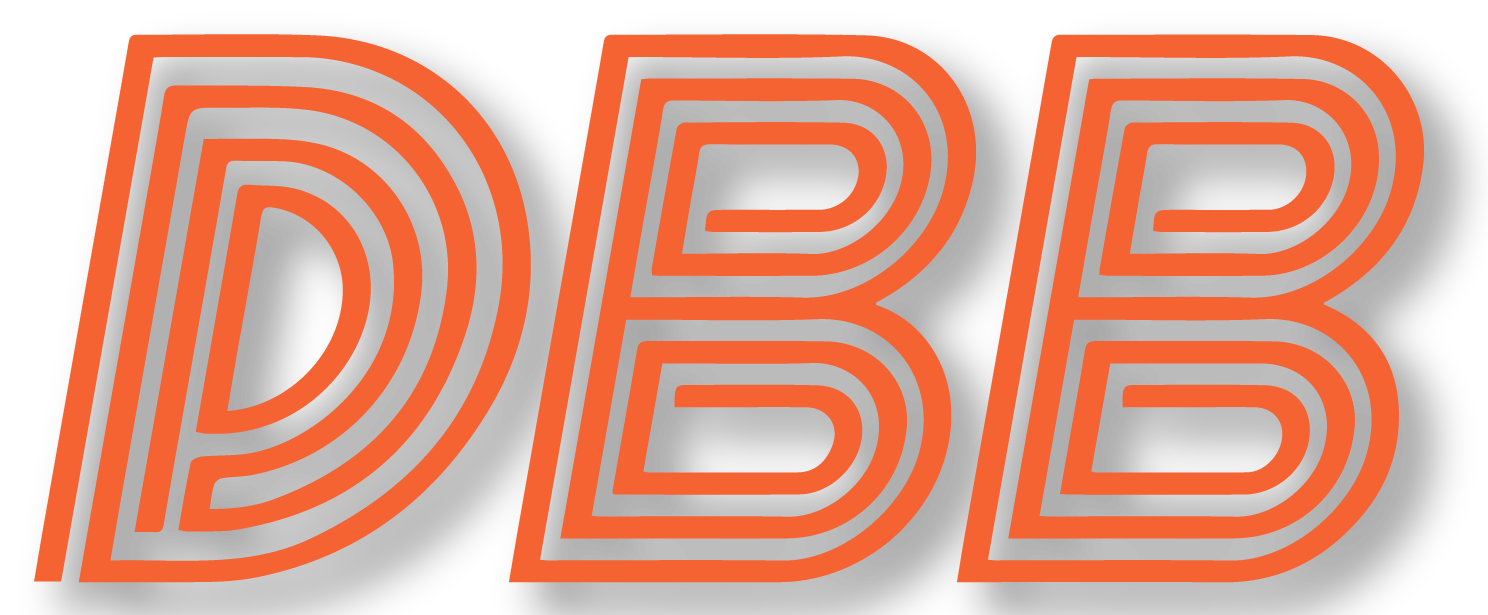“If only our guys had stayed healthy.”
This common lament from NFL fans at the end of a disappointing season reflects the harsh reality that injuries are an unavoidable part of football. I don’t particularly like using injuries as an excuse, but there is no denying that the health (or lack thereof) of certain key players can have a dramatic impact on a team’s fortunes in a season.
With that in mind, I thought I’d take a look at how the Bears were affected by injuries in 2014. When I do this study, I examine four different metrics. No one of them is perfect , but together they should give you a pretty good idea of how badly the Bears were impacted by injuries. Before we get to the numbers, let’s take a minute to briefly explain each method.
Procedure
The first metric I examined was games missed due to injury. This simply counts any time a player on the roster is ruled inactive for a week due to an injury. This is useful for seeing how much injuries impacted the roster as a whole, but completely ignores the value of a player. A superstar quarterback missing a game means a lot more to the team than a fringe roster player who only plays on special teams, but they both count the same here.
The second metric, therefore, is starts missed. This looks only at games missed due to injury by players expected to be starters with a fully healthy team (so the standard eleven on offense and defense, plus a third wide receiver and cornerback). This helps distinguish in player value a little bit, but still treats all starters equally when in fact that is not close to being accurate.
The third metric looks at starts missed by Pro Bowl performers, that is, players who have made a Pro Bowl in the last 2 years playing for their current team. The idea here is to look at players who are high-impact starters expected to be the best players on the field. The flaws are that the Pro Bowl voting system is far from perfect, and again, there is still a difference in value between a star receiver like Brandon Marshall and a nice cornerback like Tim Jennings, both of whom qualified as Pro Bowl players here.
Finally, I looked at money lost due to injuries, assuming each players gets 1/16th of his cap for the season per game. So if a player has a cap hit of $16 million for the year and missed one game due to injury, the team just “lost” $1 million. The general idea is that teams pay their better players more money, but there will always be guys who are overpaid or underpaid, sometimes dramatically. Players who particularly get overlooked here are young players playing well on relatively small rookie contracts.
So again, let me emphasize that no one approach is perfect here. Different teams will appear to have larger injury issues than they actually did (or vice-versa) if you look only at one of the four metrics, but looking at all four should generally give us a solid idea of how the Bears fared overall. I should also mention that all salary cap numbers come from Spotrac and all injury information is from Pro Football Reference.
Results
Here are the totals for all four categories for the Bears. I did this same study in 2013 with all 4 NFC North teams, which can be seen here. For comparisons’ sake, I put up the NFC North average from 2013, the NFC North high from 2013, and Chicago’s totals from 2013.

Conclusion
All of the categories except Pro Bowl starts show the Bears being significantly impacted by injuries in 2014. And none of these totals include the high amount of players who played through injuries that clearly hampered them, including Chris Conte, Brandon Marshall, Alshon Jeffery, Kyle Fuller, Jared Allen, Jordan Mills, and Jermon Bushrod.
The offensive line was particularly decimated, totaling 45 games and 30 starts lost. This might help explain some of the offense’s struggles in 2014; it all starts up front.
I find the low number of Pro Bowl starts lost interesting. It seems like the Bears lost a lot of high-impact (or at least highly paid) players, but it’s telling that few of them were Pro Bowlers recently. The only players they have who made the Pro Bowl for the Bears in the last two years are Alshon Jeffery, Brandon Marshall, Kyle Long, Matt Forte, Martellus Bennett, and Tim Jennings, and those players stayed fairly healthy (or at least didn’t miss many games) in 2014.
I wish I had numbers from more teams to compare these to, but I simply don’t have the time to compile them for other teams. Looking at them compared to the NFC North teams in 2013 suggests to me that the Bears were impacted by injuries more than average in 2014, but I don’t have a large enough data set to state that conclusively.
Don’t take this as an argument that the Bears would have been a great, or even good, team in 2014 if they had stayed healthy. They had a number of problems, including too many overpaid players, excessively poor coaching, too many injuries, and not enough depth to compensate for those injuries. Injuries certainly played a role in their struggles, but ultimately injuries are a part of football, and good teams need to find a way to overcome them.








